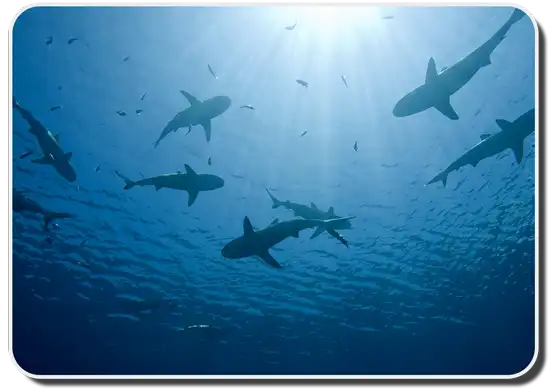
There are around 440 different species of sharks, with more species discovered every year.
Every shark belongs to the classification Chondrichthyes which are defined as cartilaginous fish. Within the Chondrichthyes classification, there are currently eight different orders of living sharks. Whenever a new shark is discovered, they are assigned to one of these orders. The assigned order then helps scientists understand more about the behavior, physical characteristics, and general biology of the new species, as well as the evolutionary diversity of sharks. So knowing about these orders is a great way to learn more about the different species of shark.
Carcharhiniformes
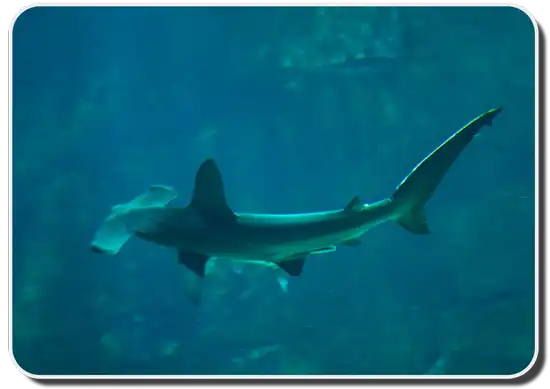
Carcharhiniformes, also known as Ground Sharks and Whaler Sharks, are largest order of sharks. Carcharhiniformes evolved during the Jurassic Era and are around 150 million years old. There are 270 known species of Carcharhiniformes living in nearly every marine ecology on the planet. The physical traits of Carcharhiniformes include nictitating eyelids, five pairs of gill slits, two spineless dorsal fins, an anal fin, a long snout, and a wide mouth located behind the eyes with sharp teeth. They range from 18 inches (45cm) to 20 feet in length (6m). Some of species of Carcharhiniformes include:
- Hammerhead Shark
- Catshark
- Requiem Sharks
- Houndsharks
- Weasel Sharks
Heterodontiformes
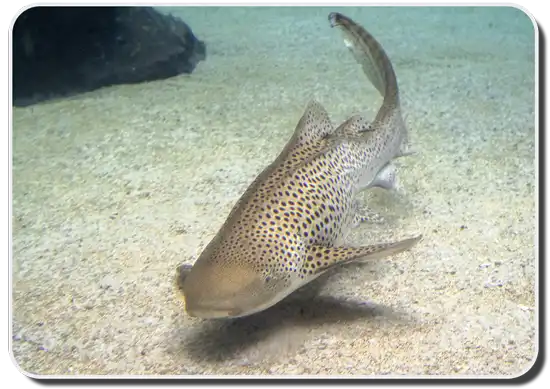
Heterodontiformes, also known Bullsharks or Horn Sharks, are a small order of sharks that prefer temperate and tropical coastal waters. Heterodontiformes are estimated to have evolved during the Jurassic Era, but fossil evidence suggests they may have evolved even earlier. There are only nine known species of Heterodontiformes, all of which only reach about 59 inches (150cm) in length. The physical traits of Heterodontiformes include short snouts, five pairs of gill slits with three located above the pectoral fins, a dorsal fin with a strong spin, an anal fin, a spiral pattern on their skin, and mouths that contain both sharp and flat rounded teeth. Some species of Heterodontiformes include:
- Horn Shark
- Port Jackson Shark
- Crested Bullhead Shark
- Zebra Bullhead Shark
- Mexican Horn Shark
Hexanchiformes
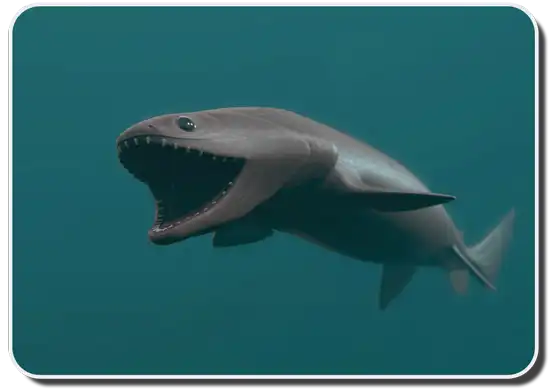
Hexanchiformes, also known as Sixgilled Sharks or Cow Sharks, are the most primitive order of living sharks. They evolved 150 million years ago and some of the original species are still alive today. The physical traits of Hexanchiformes include six or seven pairs of gill slits, a single dorsal fin, an anal fin, teardrop shaped eyes, and thorny teeth. Hexanchiformes prefer cold, deep waters and are found all over the planet. Some species of Hexanchiformes include:
- Frilled Shark
- Cow Shark
- Bluntnose Sixgill Shark
- Broadnose Sevengill Shark
- Sharpnose Sixgill Shark
Lamniformes
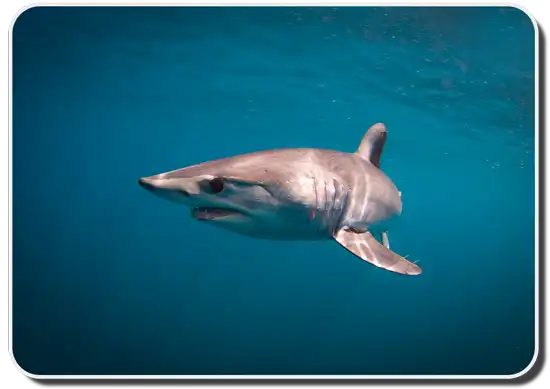
Lamniformes, also known as Mackerel Sharks, contains the species most people think of when they think of sharks. Lamniformes evolved around 120 million years ago and once included the famous Megalodon. The physical traits of Lamniformes include large mouths with multiple rows of sharp teeth, an anal fin, two dorsal fins, five gills slits, and have a higher body temperature than their surrounding water. They range from 3.6 feet (1.1m) to 32 feet (9.8m) in length. Some species of Lamniformes include:
Orectolobiformes
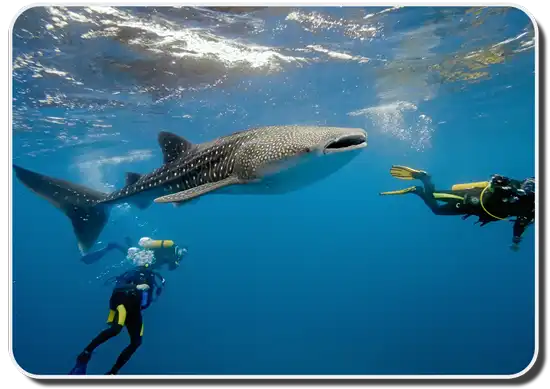
Orectolobiformes, also known as Carpet Sharks or Wobbegongs, are one of the most diverse orders of sharks. Orectolobiformes contain the largest species of shark, the Whale Shark. They evolved around 100 million years ago, and are most often found in the Indian and Pacific Oceans. The physical traits of Orectolobiformes include five gill slits, two spineless dorsal fins, an anal fin, spiracles located near the eyes, and ornately patterned skin. Some species of Orectolobiformes have barbels and can walk on their fins along the seafloor. They range from 12 inches (30cm) to 46 feet (14 meters) in length at maturity. Some species of Orectolobiformes include:
Pristiophoriformes
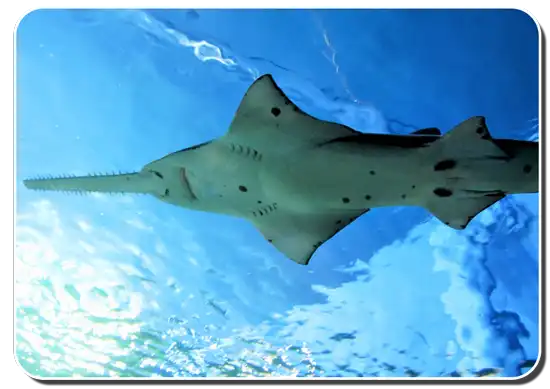
Pristiophoriformes, also know as Sawsharks or Carpenter Sharks, are the least understood orders of sharks. Sawsharks are estimated to have evolved between 160-200 million years ago. Pristiophoriformes all contain a long saw-like snout used to defend themselves against predators. They tend to prefer tropical and coastal waters along the muddy mouths of rivers. The physical traits of Pristiophoriformes include transverse teeth, five or six gill slits, no anal fin, two dorsal fins, and wide pectoral fins. They range from 4.6 feet (1.4m) to 23 feet (7m) in length. Some species of Pristiophoriformes include:
- Common Sawshark
- Knifetooth Sawshark
- Queensland Sawshark
- Smalltooth Sawshark
- Largetooth Sawshark
Squaliformes
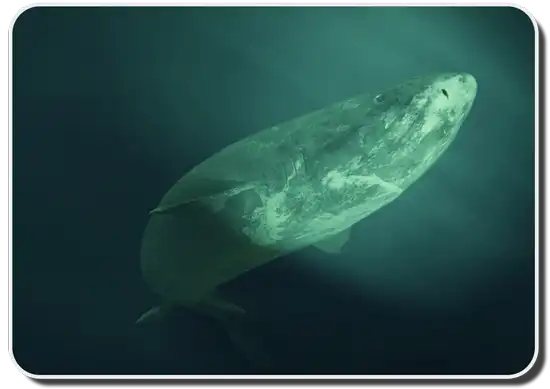
Squaliformes, also known as Dogfish Sharks, includes around 126 different species of sharks. They are generalists and are found in nearly every marine climate on the planet. It is estimated Squaliformes evolved around 180 million years ago. Squaliformes contain the smallest shark in the world, the Dwarf Lantern Shark. The physical traits of Squaliformes include two dorsal fins, no anal fin, five gills slits, and a long snout with a short mouth. Some species of Squaliformes are bioluminescent. They range from (19cm) to (7.3m) meters in length. Some species of Squaliformes include:
- Gulper Sharks
- Kitefin Sharks
- Lantern Sharks
- Dogfish Sharks
- Greenland Sharks
Squatiniformes
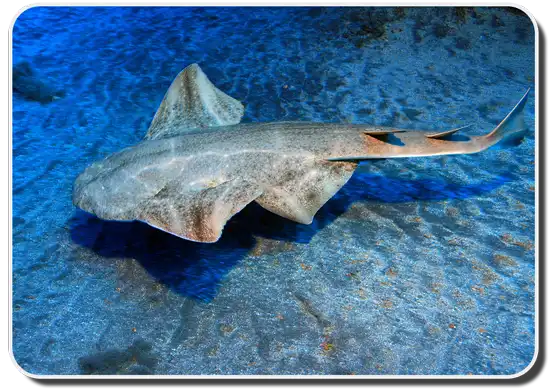
Squatiniformes, also known as Angel Sharks or incorrectly, Monkfish, live along the seafloor in temperate and tropical waters. Squatiniformes evolved around 150 million years ago and are often confused with rays. The physical characteristics of Squatiniformes include a flat body with angular pectoral and pelvic fins, a mouth and dermal flaps at the front of a short snout, no anal fin, nasal barbel, and eyes and spiracle on top of the head. Typically Squatiniformes reach an average of 5 feet (1.5m) in length. Some species of Squatiniformes include:
- Sand Devil
- Pacific Angelshark
- African Angelshark
- Clouded Angelshark
- Australian Angelshark
Understanding the eight orders of sharks, can help us understand the different species of sharks in the world. Each order is defined by the unique biological characteristics of the subspecies and really highlight the incredible diversity of sharks. Learning these orders can help anyone, whether a marine biologist or simply a fan of sharks, learn more about these amazing creatures.
